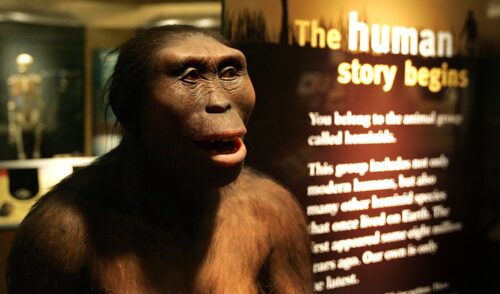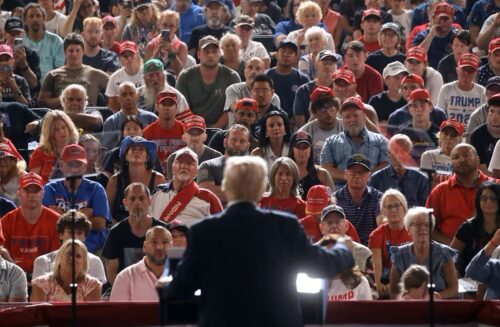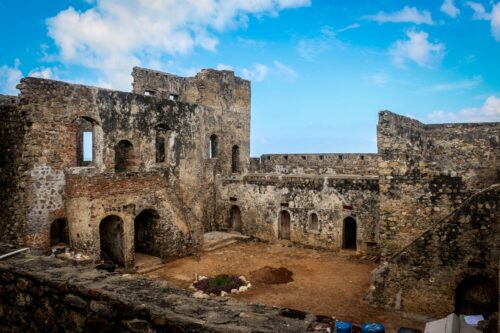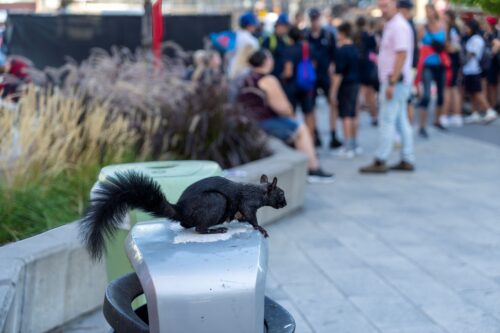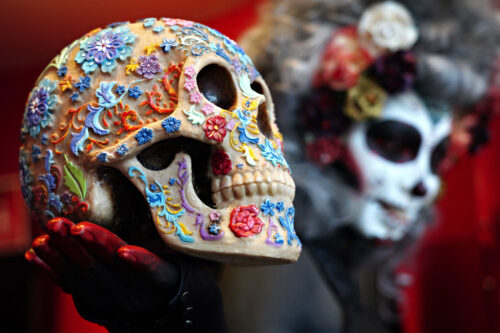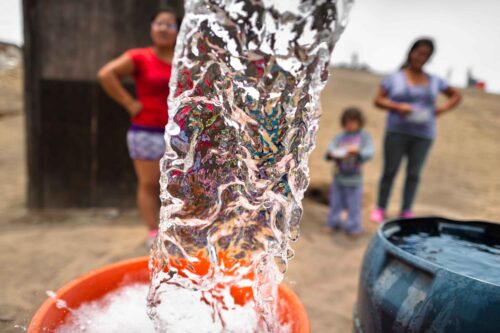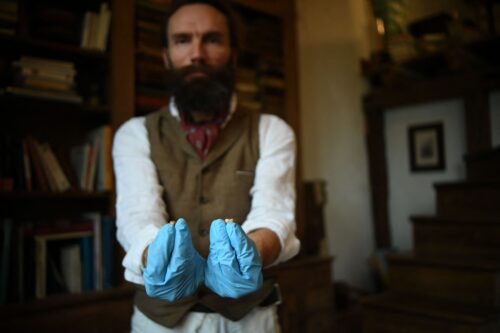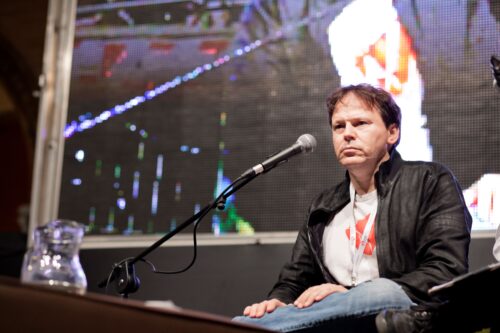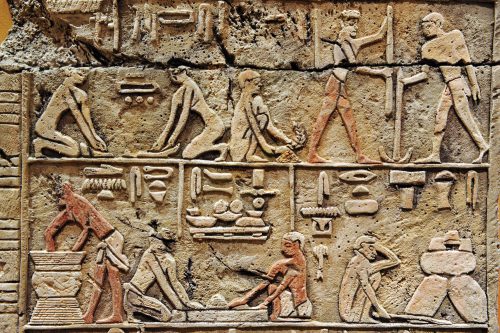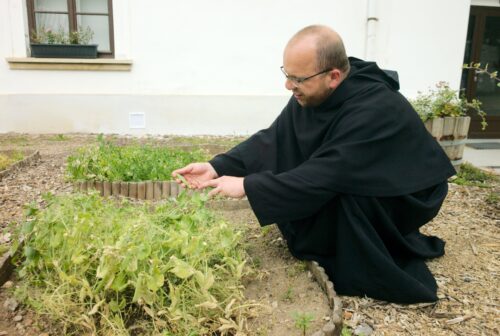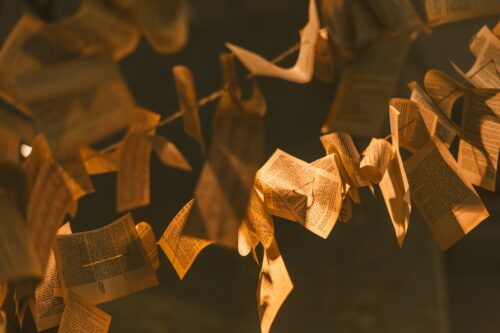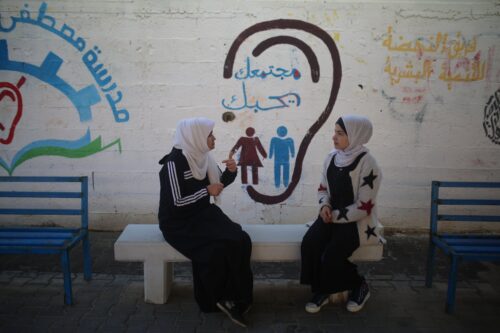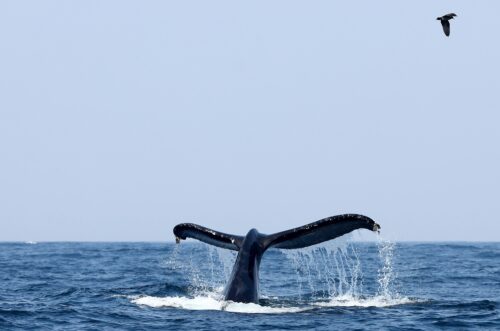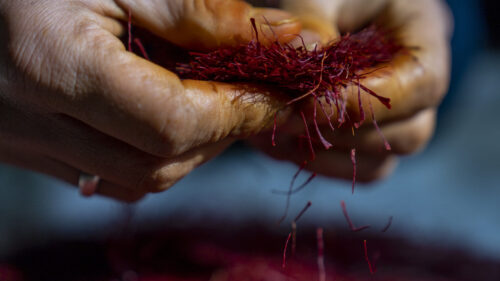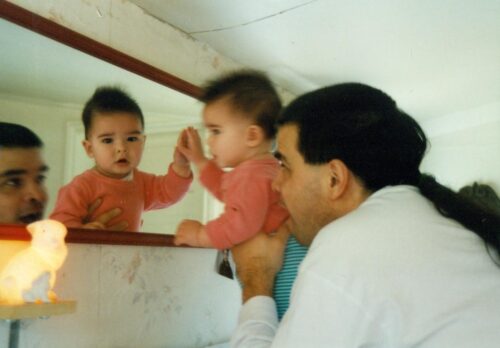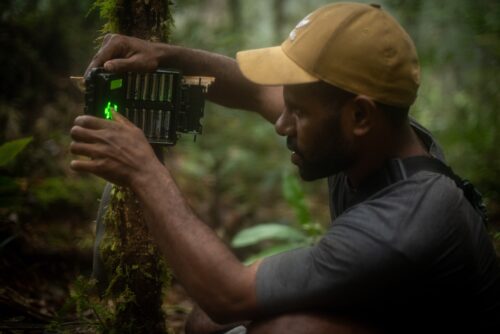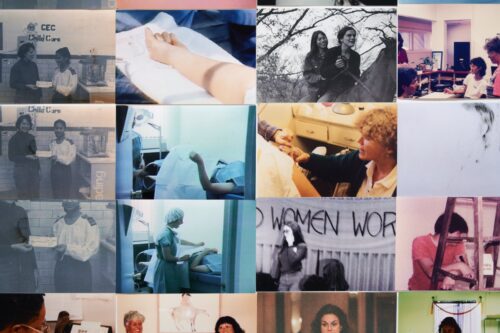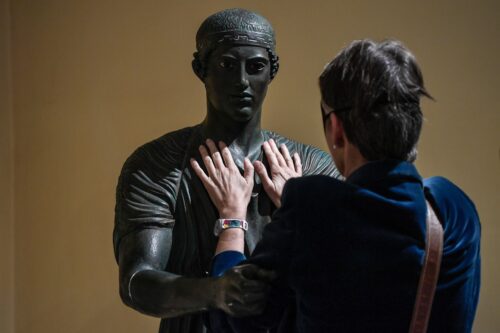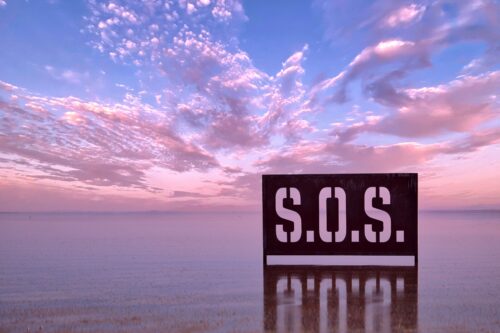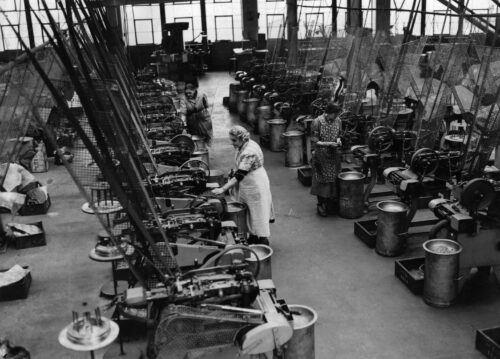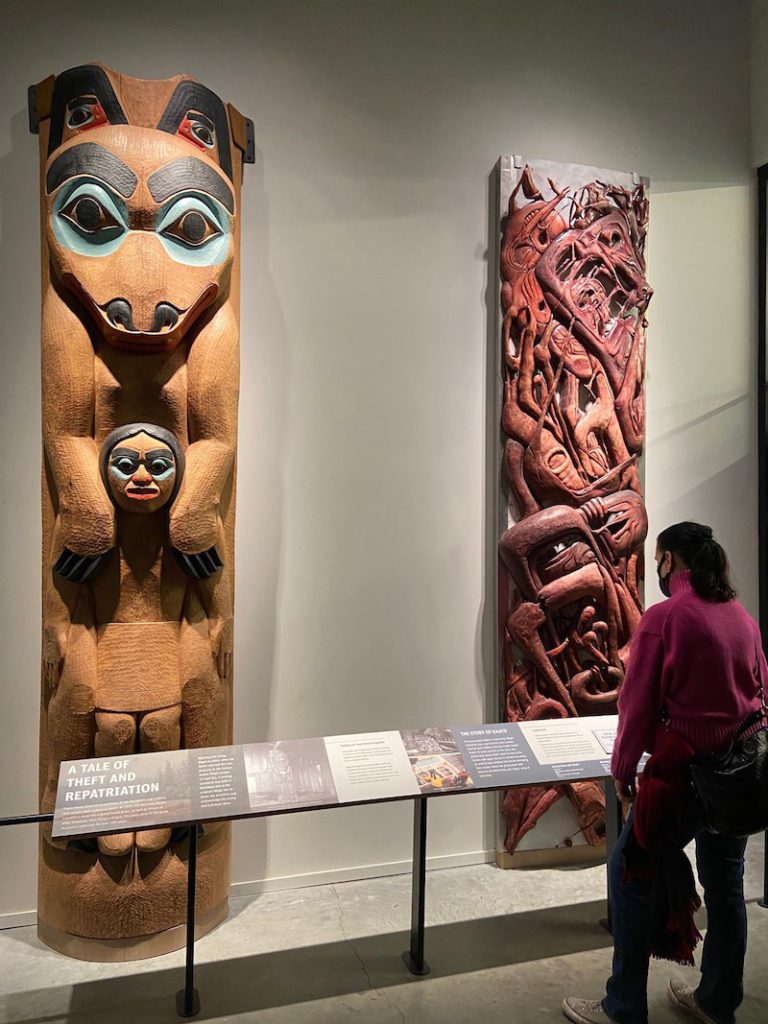How Museums Can Do More Than Just Repatriate Objects
Back in 1990, when I was in my third year of graduate school, then-President George H.W. Bush signed the Native American Graves Protection and Repatriation Act (NAGPRA) into law: an act under which federally recognized Native American tribes can formally request the repatriation of ancestors and their belongings, among other items, from museums and repositories.
I remember speaking with museum curators, directors, archaeologists, and biological anthropologists (all of whom happened to be non-Native, as was common at the time), many of whom thought NAGPRA would be the death knell for museums and collections-based scholarly research as we knew them. They thought tribes were going to be able to successfully claim almost everything, and there would be nothing left to study or display as a result.
Thirty years on, we know that nothing could be further from the truth.
Instead, NAGPRA has righted many historic wrongs and led to the development of a glorious new kind of collaboration between tribes and museums—one that should not have needed a perceived threat from federal legislation to initiate. Quite frankly, non-Native archaeologists and anthropologists should have been collaborating more extensively with Native Americans all along—but that is another story.
On International Museum Day this May 18, it is a good time to reflect on how NAGPRA has panned out and how it can spur not just repatriation but also “propatriation”: the artistic creation of new objects to commemorate and celebrate humanity’s links.
As a single piece of legislation, NAGPRA was both a step in the right direction and an imperfect compromise.
As my friend and colleague (and SAPIENS editor-in-chief) Chip Colwell has eloquently argued, while NAGPRA seems to give power to tribes, actually museums and federal government agencies retain much, if not all, of the decision-making power. For example, to make a repatriation claim under NAGPRA, a Native American tribe must be formally and legally recognized by the U.S. government. Although there are 574 federally recognized tribes in the United States, there are hundreds more that have not completed the arduous and expensive application process for federal recognition—and who face possible rejection.
Another example of power asymmetry lies in how museums retain the power to determine which objects and ancestors are “culturally affiliated” with which modern-day tribes. (Museum officials must consult with tribes, but this consultation process is loosely defined.) Museum employees can, and have, determined that a tribe asking for material back is “culturally unaffiliated,” thus blocking repatriation claims and leaving tribes that disagree with museum decisions with little recourse.
But enough with the negative. NAGPRA has also opened the door to many positive moves.
In celebration of the 20th anniversary of NAGPRA in 2010, Chip and I had the honor of publishing an essay by art historian Emily Moore, now of Colorado State University, in Museum Anthropology. Her article, “Propatriation: Possibilities for Art After NAGPRA,” focused on proactive, collaborative work that acknowledges the past while creating a productive future. As case studies, Moore focused on the production of newly carved totem poles to replace previously stolen and now-repatriated items.
In one of the more sordid chapters in the history of museums, dozens, if not hundreds, of totem poles were stolen from tribes on the Northwest Coast of North America in the late 1800s for display. As but one example (and there are many), the Edward H. Harriman Expedition of 1899, named after the railroad magnate who funded the trip, landed in the village of Gaash at the southern tip of the Alaskan panhandle.
In one of the more sordid chapters in the history of museums, dozens, if not hundreds, of totem poles were stolen from tribes.
Gaash was then devoid of people—the Saanya Kwáan community (a subdivision of the Tlingit) had moved away to avoid a smallpox pandemic around 1892. So, the Harriman expeditioners helped themselves, looting objects from the village.
It is important to remember that the expeditioners and the museum staff believed they had noble aims: In the late 1800s and early 1900s, museums and world’s fairs were some of the only ways to educate broader publics about the remarkable cultural and biodiversity of the planet. But from the Saanya Kwáan people’s perspective, of course, just because they no longer lived at Gaash didn’t mean they had relinquished claims to their land and belongings.
In 2001, just over 100 years after the Harriman Expedition, four U.S. museums—including the Field Museum in Chicago (where I worked at the time)—repatriated totem poles to the Tlingit after the tribe made a successful claim under NAGPRA.
To celebrate those repatriations, each museum then commissioned Tlingit totem pole carver Nathan Jackson, and later his son Stephen and Nathan’s wife, Dorica, to produce new totem poles.
Moore gave this act a formal name: “propatriation,” or “the sending forth of an object from its country or lineage of origin in acknowledgement of an object returned.” As Moore notes, and this is important, propatriation is not strictly an act of compensation. Rather, it is an act of reciprocity that reestablishes some semblance of balance in gift-giving practices between the Tlingit and the museums in question.
As Irene Dundas, whose great-great-grandmother owned a house that some of the posts were taken from, said in 2005, “In a way, it was like a full circle for us to donate the logs to them. It was, ‘You have repatriated the poles, and we want to give something back to you, to say thank you.’ It was like a closing.”
I recently visited the Burke Museum of Natural History and Culture in Seattle, Washington, to see their wonderful new building and exhibitions. I had forgotten about the Burke’s propatriated Jackson totem poles and stumbled upon them while enjoying the galleries.
Nathan’s totem pole was carved in the immediately recognizable, distinctive Northwest Coast artistic style. Stephen’s totem pole, on the other hand, was entirely different. He used new materials (such as epoxy resin) and artistic techniques to create a violent, cacophonous, and grotesque scene in which several bear cubs tear apart their father for betraying their mother. Although that scene comes from the same origin story for the Teikweidi clan that is depicted in other Gaash totem poles, including his father’s, Stephen’s emphasizes a different, more shocking vignette.
The younger Jackson, when quoted in American Indian Art Magazine in 2008, said he “wanted to give the cultural disruption [caused by the original totem pole theft] back to the museum.”
In that he succeeded.
The stark contrast between his father’s reserved traditionalism and his provocative eclecticism provides a useful metaphor for the opportunities and challenges wrought by NAGPRA and the spiritually difficult, time-consuming, and expensive work it requires of us all.
In 2019, I had the good fortune of engaging in a small act of propatriation myself. I traveled to Kenya to meet with representatives of the Mijikenda, to whom the Denver Museum of Nature & Science (DMNS, where I work) repatriated 30 funerary statues called vigango. After a boisterous welcoming ceremony, I sat on a small, ceremonial wooden stool while listening to Mijikenda elders commemorate the importance of the occasion. When it was all said and done, they gave me that stool. It is now in the DMNS collections, where it will remain in perpetuity.
The gift of that stool was a small but sincere acknowledgement of our relationship. It was also a stark reminder that objects are more than just things; they are imbued with sacred and ceremonial meanings and memories that only source communities and select few participants may truly know. It also made me realize again that repatriation is a beginning, not an end.
It has been a long 30 years since the passage of NAGPRA, and we still have a long way to go to right the many wrongs perpetrated by colonialist museums. Yet, as we celebrate International Museum Day, we can honor the many steps taken to transform museums into more equitable spaces. There are plenty of examples of pieces commissioned from Indigenous communities for museum display, such as the Zuni map art at DMNS and the replica G’psgolox totem pole at the Stockholm Museum of Ethnography.
Propatriation is one exciting facet of the mutually beneficial collaborations to come.

